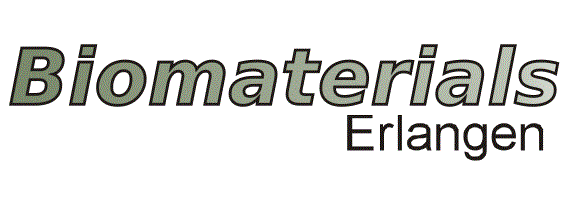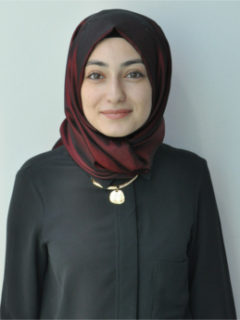Özge Çelik
Özge Çelik
Gaststudentin, Kastamonu Universität, Turkei
Electrospun fibres for multifunctional tissue scaffolds
Betreuer (FAU): Dr. Liliana Liverani, Lena Vogt, Prof. Aldo R. Boccaccini
In this project, the electrospinning technique will be investigated. Electrospun fibers based on natural and synthetic polymers will be considered for their morphological, mechanical and chemical properties. The electrospinning technique was chosen for its versatility since it allows for producing fibrous structures with high surface area to volume ratio, tunable porosity which can be readly functionalized [1]. In this study, PCL was selected for fabrication of nanofibers exhibiting different diameter [2]. PCL provides superior strength and elasticity compared to natural polymers. The functionalization of PCL fibres with proteins will be investigated.
[1] Liu, M., et al., Electrospun nanofibers for wound healing, Materials Science and Engineering: C, 2017, 76, 1413-1423.
[2] Liverani, L., Boccaccini, A. R., Versatile production of poly(epsilon-caprolactone) fibers by electrospinning using benign solvents, Nanomaterials 2016, 6(4), 75.

